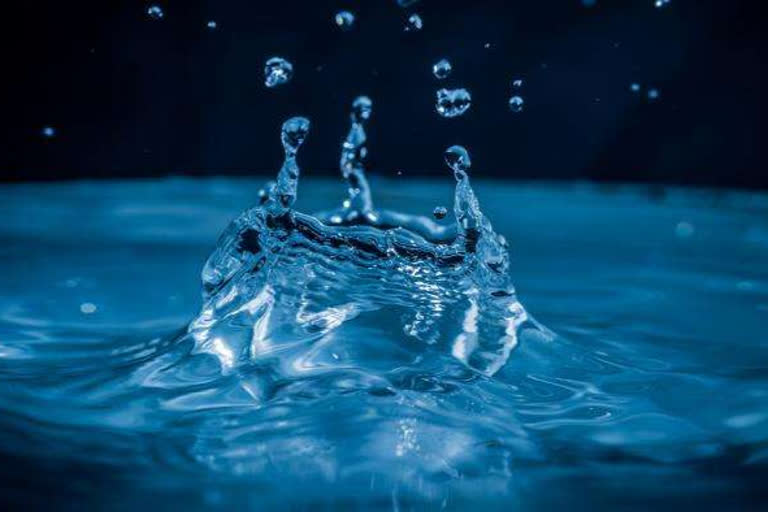New Delhi: In the past few weeks, heavy rains have lashed several states in India paralysing daily routine and transportation. In many areas, national highways are resembling rivers and giant trees have fallen to ground.
In Uttar Pradesh, more than 100 people lost their lives in incessant rains. Death toll is significant in states like Bihar, Uttarakhand, Rajasthan and Madhya Pradesh too. Hyderabad recorded the heaviest rain in 100 years in September. Mumbai also got the second highest rainfall in the last 60 years. People of Delhi have not seen such heavy rains in the last 25 years. While Patna and about a dozen districts in Bihar are still flooded, rains in Telangana, Andhra Pradesh and Karnataka show no signs of stopping. But where is the water flooding homes, roads and everything else going?
India saves only 8 percent of rainwater every year. As a result, 60 crore people face water scarcity during summer. Like Union Minister Nitin Gadkari said, India does not have shortage of water, but the management of water is not adequate.
Chennai faced the worst water crisis 4 months ago at a time when Mumbai and Nasik were inundated. Such contradictory weather patterns are a commonplace in the recent years. While some parts of the country are hit by drought, some other parts are flooded.
India, which has several climate zones is at risk of losing 68 percent cultivable land to drought and 5 crore hectares of land to floods. Governments must tackle this climate cycle.
70 years ago, per capita water availability in our country was 5,177 cubic metres. According to Ministry of Water Resources, the per capita availability in 2011 fell to 1,545 cubic metres and may drastically fall further to 1,341 cubic metres by 2021.
According to surveys, the groundwater levels in 21 major cities like Bangalore, Chennai, Hyderabad, Mumbai and Delhi will reach zero by next year. The situation is grim in rural areas too.
Due to unreliable monsoons, farmers are largely dependent on water from borewells for cultivation. If we can replenish the depleted groundwater with rainwater, a crisis can be averted.
Centuries old rainwater harvesting technique originating from north west China has been reimplemented 25 years ago in Gansu province. Gradually, it was experimented in other provinces and the results were successful.
Australia, UK and South Africa have made water harvesting and conservation their national agenda. Australia records lesser rainfall (720mm) than the state of Telangana but with effective utilization, the country’s water needs are met. Germany is focused on household rainwater collection while Singapore has introduced 4-step purification system to save every drop of rain. India, which has a total area of 32,87,263 square kilometres can achieve more wonders when compared to the above nations.
Recently, the central government has launched Jal Shakti Abhiyan in 256 districts nationwide and established 1,592 blocks to conserve groundwater. Jal Swavlamban Abhiyan (Rajasthan), Jalyukt-Shivar (Maharashta), Sujlam Suflam Yojna (Gujarat), Neeru-Chettu (Andhra Pradesh) and Mission Kakatiya (Telangana) initiatives must show equal vigour in their implementation.
Only when the central and state governments take determined measures to strengthen water conservation activities, the nation can amass water wealth.
Read:| Centre to give flood-hit K'taka, Bihar Rs 1,813.75 cr more



